PsychNewsDaily Publishers
100 Summit Drive
Burlington, MA, 01803
Telephone: (320) 349-2484
PsychNewsDaily Publishers
100 Summit Drive
Burlington, MA, 01803
Telephone: (320) 349-2484
The 1970s revolutionized summer movies with blockbusters like Jaws, Star Wars, and Rocky, shaping pop culture, audience expectations, and cinematic marketing strategies.

The 1970s brought some of the most memorable and exciting movies to theaters, especially when summer rolled around. These films did more than just entertain—they shaped how people experienced the season and made going to the movies a summer ritual.
Curious about which blockbusters really captured the 70s summer vibe? Here are 10 epic films that left a huge mark on pop culture and maybe even your summer plans. These movies bottled up the energy and style of the decade in ways that still hit home today.
If you think of summer movies, Jaws probably jumps into your mind first. It didn’t just change how movies were made—it totally kicked off the summer blockbuster craze.
You can’t forget the suspenseful story about a great white shark terrorizing a beach town. That iconic music? It still gets under your skin.
Jaws made studios realize how powerful a summer release could be. Suddenly, going to the movies was the thing to do when school let out.
Want to dig deeper into how Jaws changed the film industry? Check out this article on the groundbreaking summer blockbuster.
Watching Star Wars in 1977 felt like seeing something totally new. Space battles, wild creatures, and those unforgettable characters—yeah, it was a trip.
It’s no wonder the movie became a phenomenon. Star Wars set the gold standard for what a summer blockbuster could be, thanks to its special effects and action.
The marketing? Next level. Toys, games, lunchboxes—Star Wars was everywhere.
Honestly, if you want to understand why summer movies became such a big deal, you’ve got to look at Star Wars. It turned movies into major events.
Check out why people still call it the greatest summer blockbuster here.
Rocky is all heart. You meet Rocky Balboa, a small-time boxer from Philly who suddenly gets a shot at the world heavyweight title.
It’s a simple story, but man, it’s packed with grit and hope. You watch Rocky train, sweat, and struggle in a way that just feels so real.
They made this film on a shoestring budget, but it became a massive hit. Proof that hard work and heart can go a long way.
Want more details on this classic? Take a look at Rocky (1976) – IMDb.

Close Encounters of the Third Kind blends sci-fi with mystery in a way that’s still unique. You follow Roy Neary, an electric lineman, whose life flips upside down after a UFO sighting.
His obsession leads him to a strange place out in the wild. But this movie isn’t just about aliens—it’s about curiosity and the weird ways we try to connect, especially through music.
Steven Spielberg directed this one, and you can see his sense of wonder all over it. If you like stories where the ordinary suddenly gets extraordinary, this film will hit the spot.
Get more details on Close Encounters of the Third Kind.
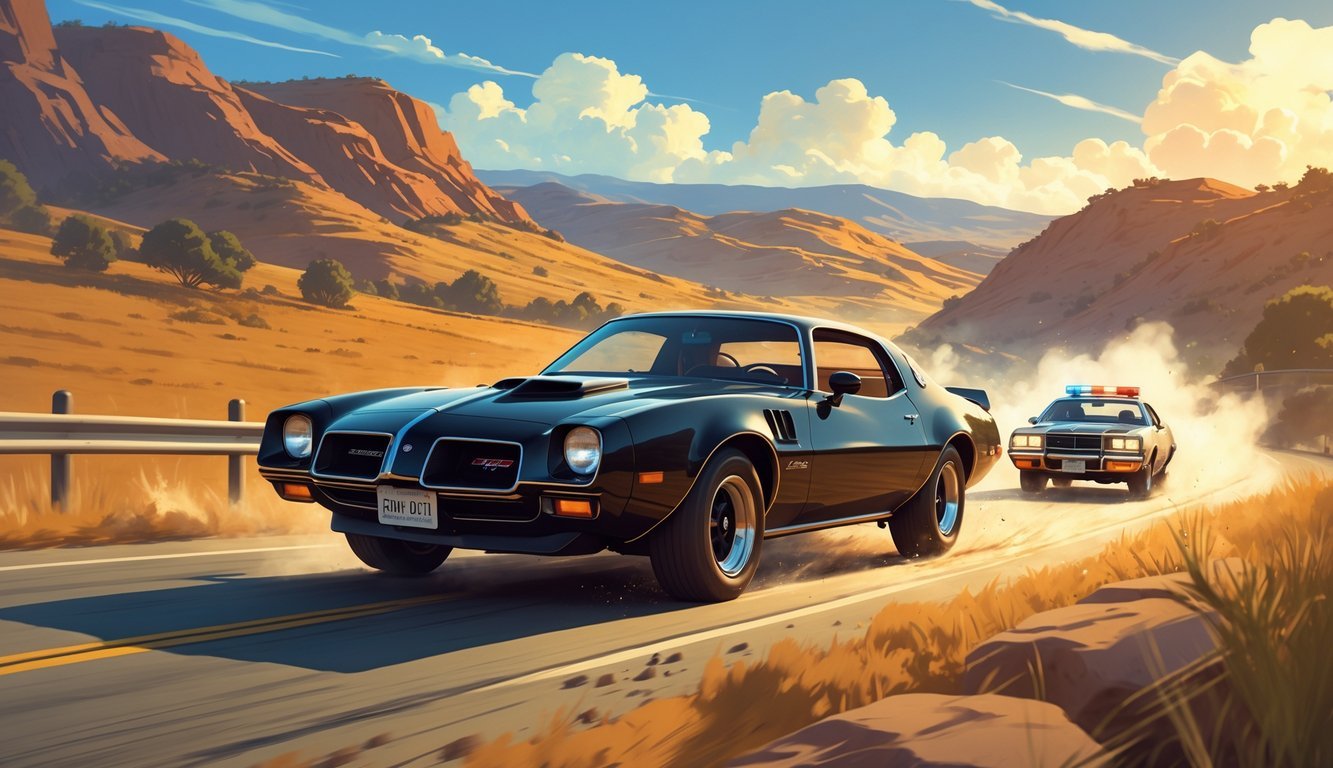
Smokey and the Bandit is just plain fun. Bandit and his buddy try to haul a truckload of beer across state lines while a relentless sheriff stays hot on their trail.
This movie became one of 1977’s biggest hits. The blend of comedy and wild car chases keeps things lively from start to finish.
If you want a classic with Burt Reynolds and pure 70s summer vibes, you can’t go wrong here. It’s easy to watch and even easier to enjoy.
Learn more about it on IMDb.
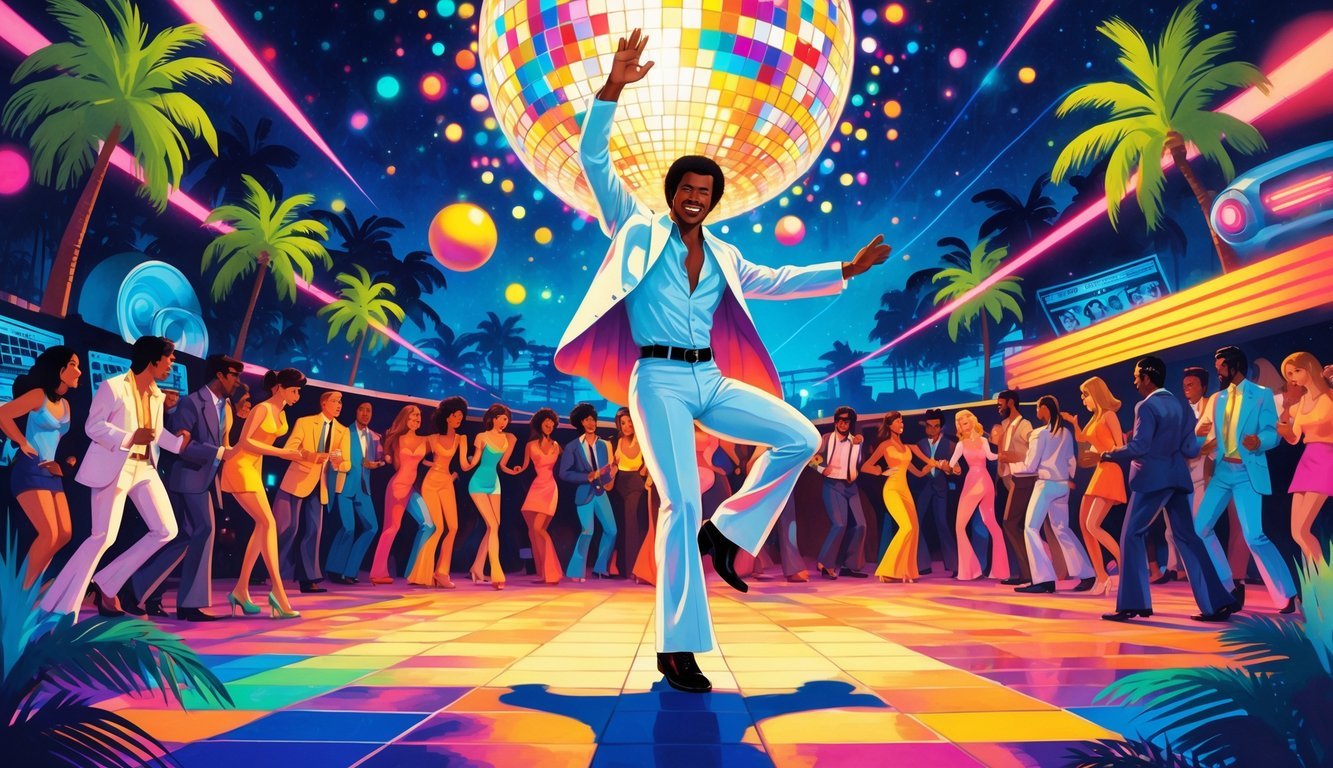
Saturday Night Fever nails the 70s dance scene. You tag along with Tony Manero, a Brooklyn kid with big dreams and a serious love for disco.
The movie dives into the excitement of weekend nights at the club. But it also shows the struggles and hopes of young people trying to find their way.
You’ll hear those Bee Gees tracks and probably want to dance. This film shaped how we remember the 70s and its unforgettable dance culture.
Want more on the cast and story? Check out Saturday Night Fever.

The Exorcist delivers way more than just scares. You watch a young girl become possessed, and her mother will do anything to save her. Two priests step in, and things get intense.
It’s not just about horror; the film digs into questions about faith and human weakness. The shocking scenes still work, mostly because of the strong acting and clever effects.
If you want a classic that redefined horror, this is it. The Exorcist was one of the first horror films up for Best Picture, and it’s still powerful.
Read more about its impact in this The Exorcist (1973) article.

Grease brings together 1950s romance and high-energy music in one wild ride. Danny’s the cool guy, Sandy’s the sweet girl, and their summer fling turns into a high school surprise.
The movie’s packed with catchy songs and unforgettable dance numbers. It quickly became one of the biggest musicals ever and hasn’t lost its charm.
If you love teen stories with great music, Grease is your jam. John Travolta became a star here, and you can see why.
You can still catch Grease today and feel those summer love vibes. Get more info on the 1978 film here.
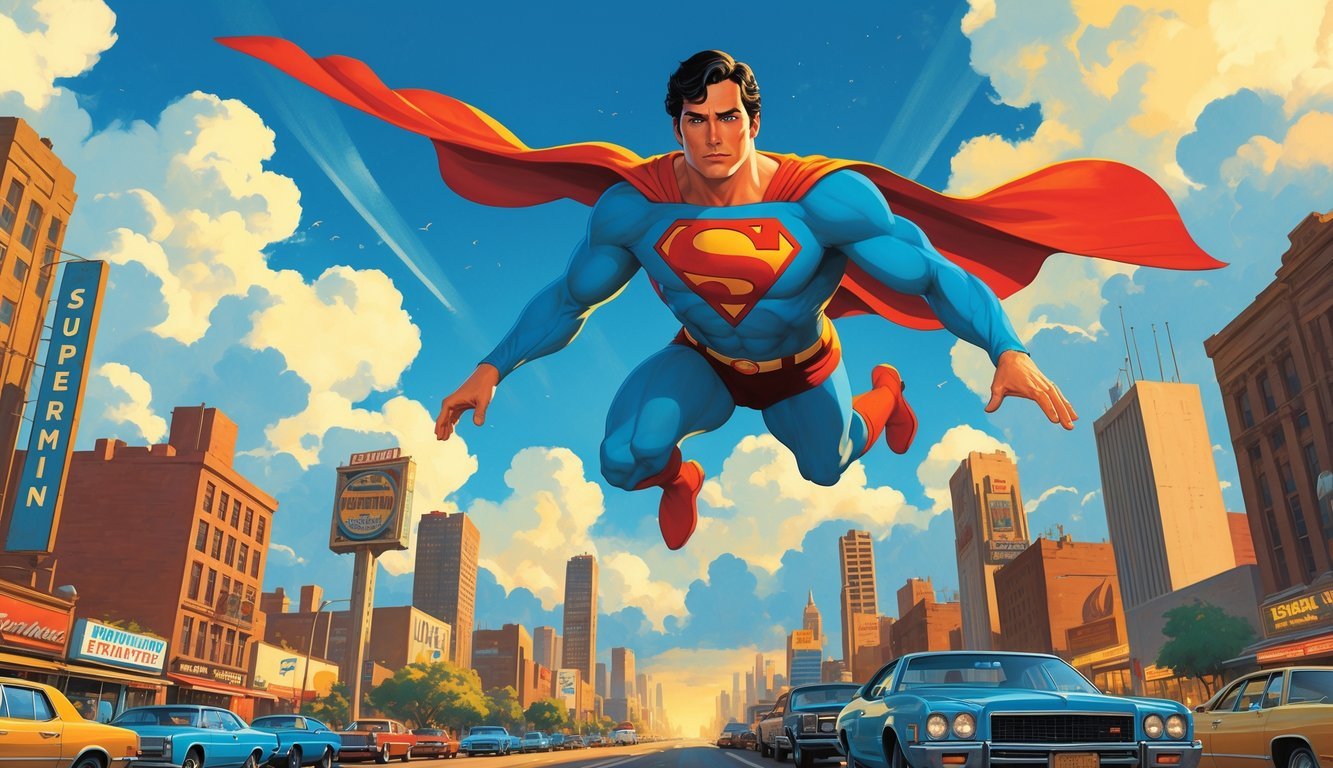
Superman (1978) really made waves in the summer movie world. Christopher Reeve’s take on Clark Kent and Superman set the bar for all future superhero flicks.
The action is fun, but there’s plenty of heart too. The special effects were wild for the time—you almost believe a man can fly.
And let’s be honest, John Williams’ score is unforgettable. It adds so much excitement and emotion to the movie.
If you’re into classic superhero adventures, this one’s a must. Superman helped shape the genre for decades.
Learn more about why it stands out on this IMDb page.
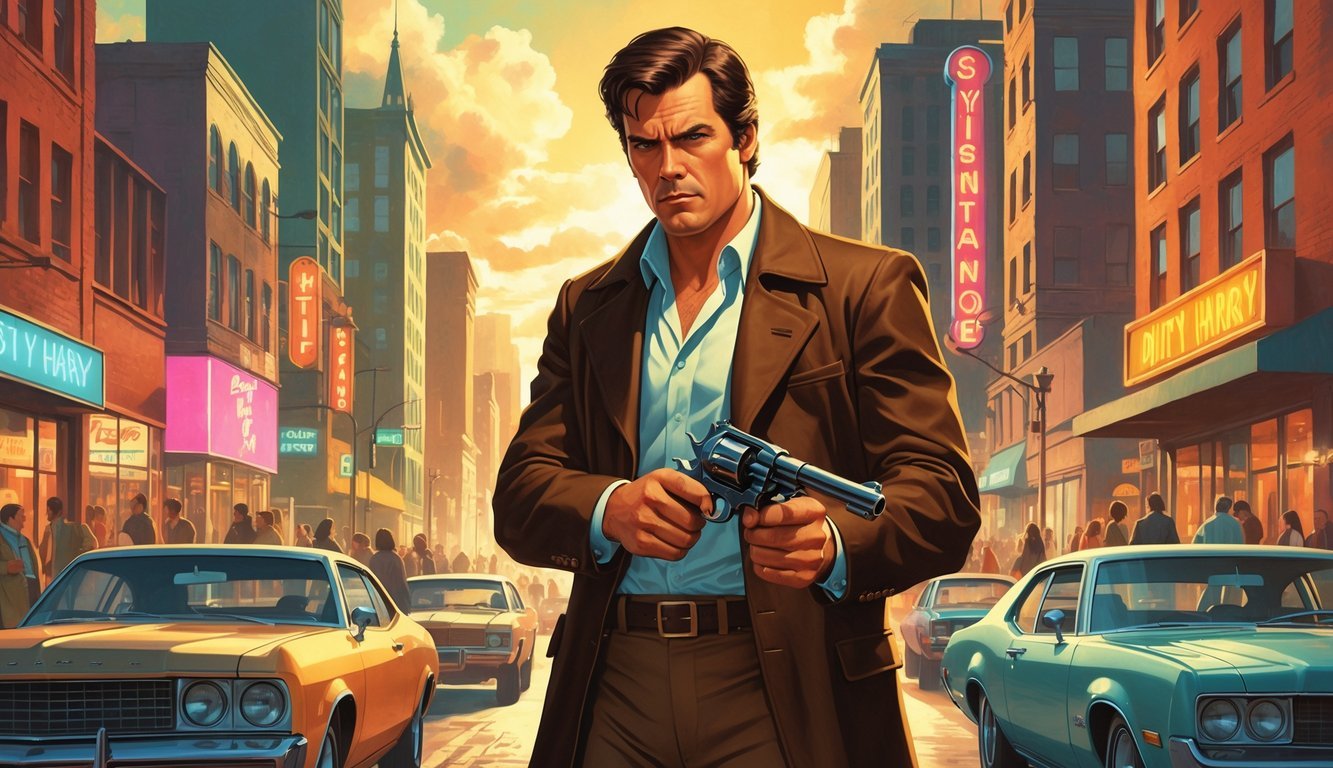
Dirty Harry puts Clint Eastwood front and center as a tough San Francisco cop named Harry Callahan. He hunts down a dangerous killer known as the Scorpio.
You feel the tension and urgency as the city struggles with crime. The movie mixes sharp action with some pretty intense drama.
Dirty Harry helped create the modern action hero. You can still see its influence in movies today.
Want to know more about its legacy? Check out this Dirty Harry article on Wikipedia.

The 1970s flipped the script on how movies reached people. Big, splashy events on the screen and new ways to tell stories made summer movies stand out in a way that hadn’t happened before.
During the 70s, movies shifted from small, talk-heavy stories to bigger, action-packed adventures. Directors like Steven Spielberg started focusing on simple but thrilling ideas that anyone could jump into.
These films had clear plots and big effects. They showed that movies could be all about fun and excitement—not just art or heavy drama.
Jaws in 1975 really set the tone with its suspense and spectacle. This style made summer the perfect season for movies, since people wanted to be entertained when they had time off.
Summer blockbusters from this decade weren’t just money-makers—they shaped what everyone talked about. Characters like Luke Skywalker and movies like Star Wars became part of daily conversation.
You saw toys, posters, and catchphrases everywhere. These films influenced music, fashion, and even other shows. Hollywood started chasing that big, larger-than-life feeling, building hype around stars and stories.
The 70s summer blockbusters packed theaters. People showed up in droves during the warm months, and ticket sales shot through the roof.
Studios caught on and started planning big releases for summer on purpose. Movies like Jaws and Star Wars made millions fast, proving summer could turn a film into a cultural event.
You became part of a new movie-going experience that changed how studios marketed films forever.
Curious about how this trend got started? Here’s a deeper dive: A History of the Summer Blockbuster.
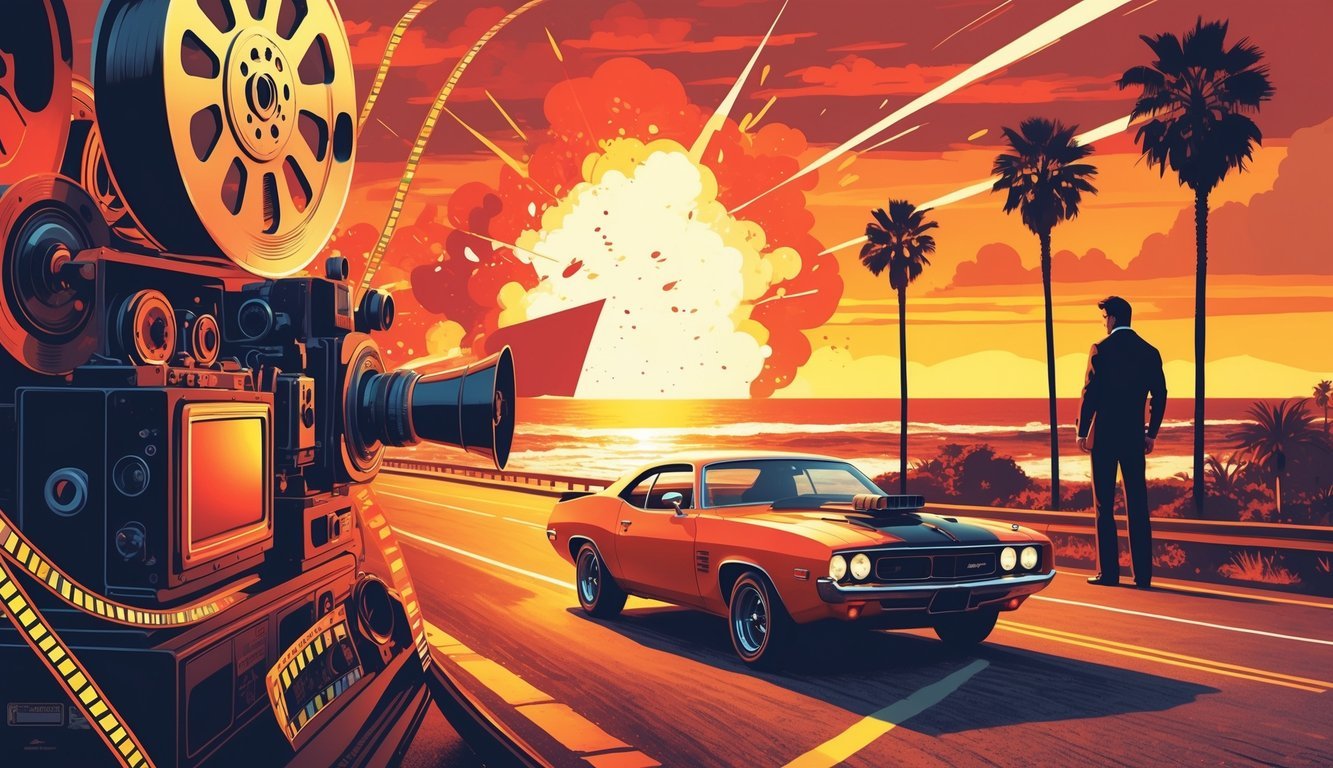
The 1970s really shook things up for movies. Suddenly, filmmakers started experimenting with fresh visuals, bold soundtracks, and inventive ways to hype up films before they even reached theaters.
These changes ended up shaping how we watch summer blockbusters now. You can definitely trace today’s movie experiences back to this wild decade.
Special effects in the ’70s? They basically exploded. Directors like Spielberg brought animatronic sharks and underwater shots to Jaws, making everything feel way more intense and real.
And then Star Wars—wow. The team built crazy-detailed models and used motion control cameras, so space battles actually looked believable.
Filmmakers mixed practical effects with early computer tech, letting us see things no one had pulled off before. Suddenly, you’d watch creatures and worlds that felt alive, not just painted backdrops.
Soundtracks in the 1970s became something you couldn’t ignore. Think of Rocky or Star Wars—those themes just stick in your head, right?
John Williams and other composers made music that drove the story, not just filled the silence. You could feel the excitement or the heartbreak, all because of the score.
It wasn’t just background noise anymore. The music set the mood and made scenes unforgettable, changing how filmmakers used soundtracks from then on.
The 70s really shook up how studios sold movies to people. Instead of only relying on trailers, they started rolling out toys, posters, and all sorts of merchandise to get fans hyped.
Star Wars changed everything. Suddenly, you saw action figures, lunchboxes, and comic books everywhere.
Movies started to feel like major events you just couldn’t skip. You could pick up stuff from your favorite films and keep the excitement going at home.
Studios jumped on the idea of building huge brands around their movies. That move? It still shapes summer blockbusters even now.
You can check out more about these breakthroughs in cinematic innovations.